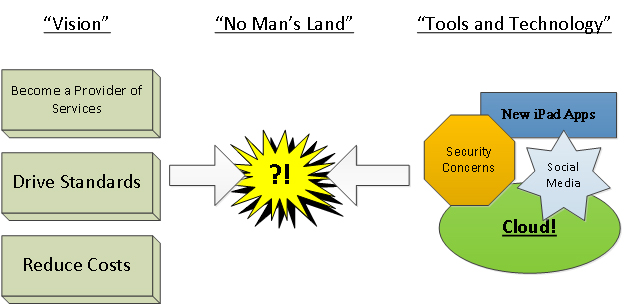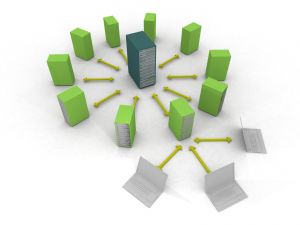Single standard for cloud-computing services
The Federal Risk and Authorization Management Program, also known as FedRAMP, is adopting a “cloud-first” policy that will standardize the basic security requirements that cloud-computing providers, such as Google and Microsoft, will have to meet before receiving government contracts.
8 Features Your Spam Filtering Service Must Include
When it comes to selecting the best spam filtering service for your business, there are several critical features your chosen vendor must offer for you to get the best value for money and the maximum protection for your users. In
Top threats for cloud computing
Cloud computing reached the point where computing functions as a utility. Here are the the top cloud computing threats to help organizations better understand them and make the best choices for their businesses.
Translating a Vision for IT Amid a “Severe Storm Watch”
IT departments adopt technology from two perspectives: from a directive by the CIO to a “rogue IT” suggestion or project from an individual user. This article suggests a framework to implement a vision from strategy, policy, process, and ultimately tools.
Outsourcing data center infrastructure
Setting up your own data center is expensive in terms of money, time and deployment of human resources but it is more efficient to outsource this service, which will save your company costs and allow the business to focus on
Multi–tenancy in the cloud: Understanding its benefits
Multi–tenancy refers to a principle in software architecture where a single instance of a software application serves multiple customers, also known as tenants and is regarded as one of the essential attributes of Cloud Computing.
Working on a cloud software Service Level Agreement
As more and more consumers outsource their infrastructure to cloud providers, Service Level Agreements between consumers and providers is a key topic. According to IBM a Service Level Agreement „defines how the consumer will use the services and how the








